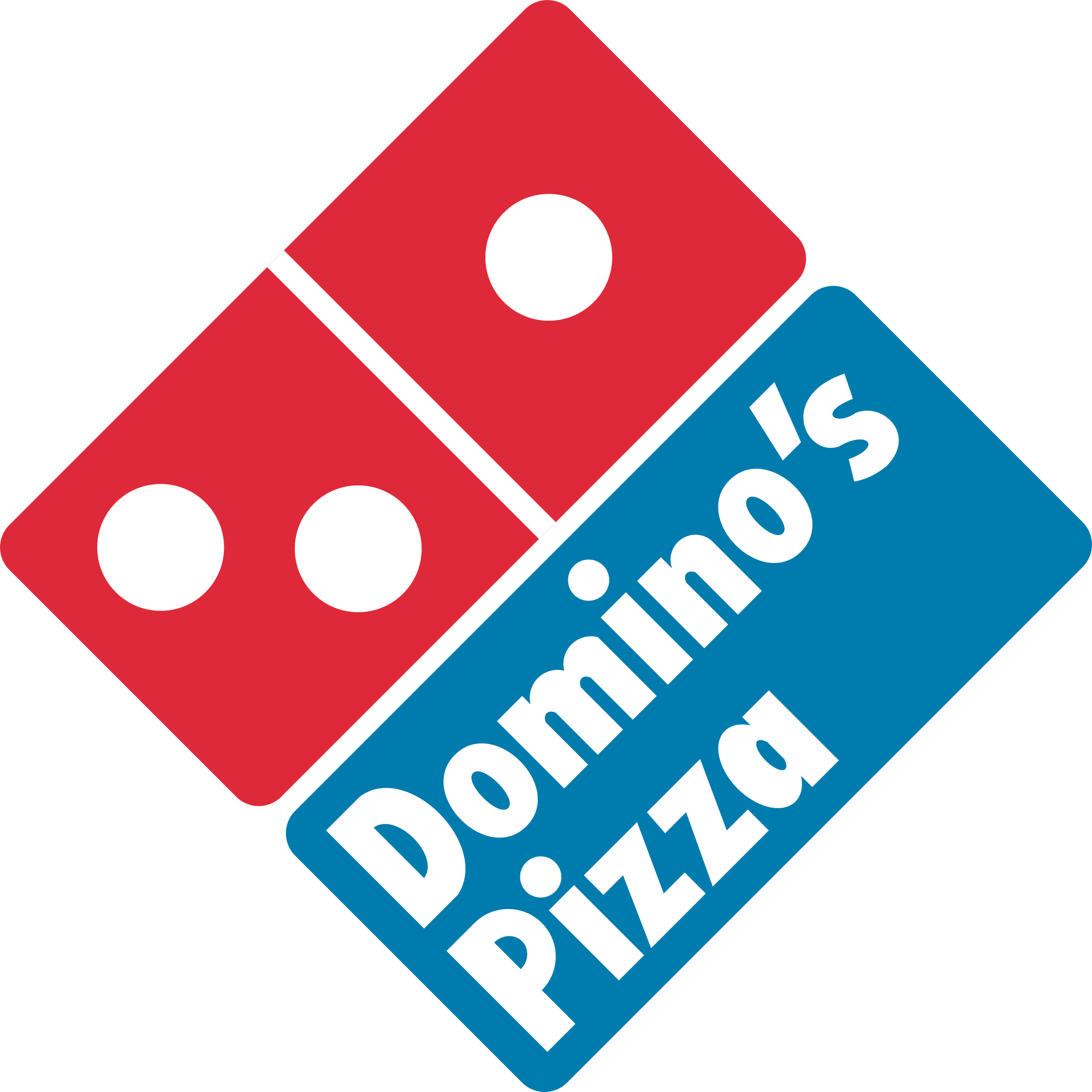A franchise is marketed as a safer way to become a small business owner. You’re buying into an established brand with a proven track record, plus you get to be the boss. What could be safer? It turns out, according to an analysis of SBA loans, many things could be safer investments. Franchisees are among the highest number of people defaulting on SBA loans according to the Wall Street Journal.
The defaults cost the SBA, and taxpayers, millions of dollars each year and highlight the lack of experience franchisees have when they start. Running a business requires hard work and a solid financial plan as the number of defaulters have proven.
Quiznos and Cold Stone Creamery are listed in the top 10 least successful franchises from 2004 to 2013. The rate of franchisee defaults on SBA loans for these franchises was more than twice that of other franchises. Between the two of them, these two franchises cost the SBA over $100 million in losses.
The Hard Facts
It can cost $50,000 to a few hundred thousand dollars to purchase many franchises. The problem many franchisees face is financing the purchase of the franchise, yet lacking the funds to operate the franchise once it’s in place. This oversight most likely leads to most defaults on SBA loans.
While this is a poor business model, it’s not a total loss for the company selling the franchise. While the company selling the franchise is welcoming and will take the large upfront payment to purchase the franchise, it is likely they don’t concern themselves with whether or not the franchise succeeds. If the person buying the franchise defaults, the company selling the franchise will often sell the franchise and location to a new prospect. A less than tasteful fact of the franchise business at best.
Hope Remains
If the cost of buying a franchise and the failure rate of many franchises seems daunting, there is a light at the end of the tunnel. Franchising has always been a way to become a business owner without taking all the risks traditional new business owners take and that fact remains true. The key problem is with growth rates. Franchises are outgrowing the businesses they depend on for infrastructure, logistics and supplies. That fact aside, there are almost a million franchise locations in the US alone which is leading to a saturated market.
As grim as these facts seem, there are a host of franchises that are doing well and not listed in the top 10 defaulters list. Domino’s Pizza, for one, is not listed. Domino’s franchise owners report a solid growth rate with few recessions. One reason for Domino’s success could be their one year program. Franchisees begin as store managers for the first year before moving forward with the franchise purchase. It’s a way for franchisees and Domino’s to test the waters so to speak. It helps ensure future owners can successfully manage the store and manage their finances.
Source: www.inc.com







